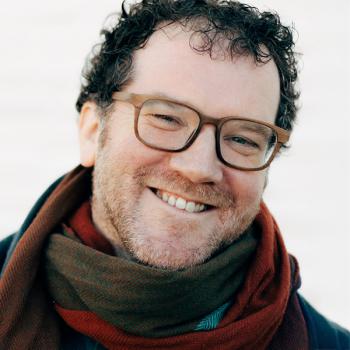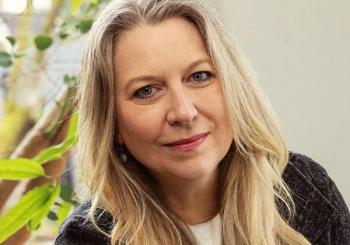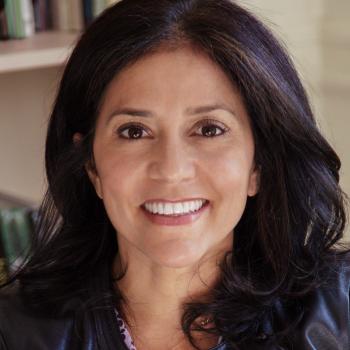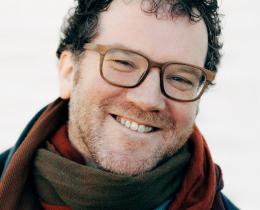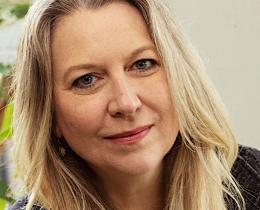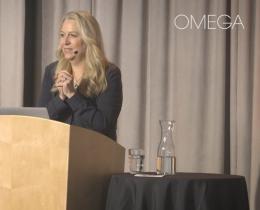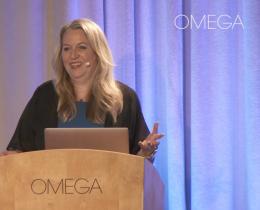Where would we be without stories?
Since ancient times, we’ve gathered around fires, under stars, and within sacred circles to share them—stories that carried our fears, our hopes, our pain, and our wonder. Long before written language, narrative was how we made sense of the world and our place within it. Through myth and memory, storytelling became not just entertainment, but a means of survival, reflection, and connection.
Today, that ancient impulse lives on. Both oral and written, stories help us navigate life through narrative, honor our pain, celebrate our joys, and see ourselves in one another. They offer a mirror for self-discovery and a bridge to belonging—reminding us that healing often begins with a voice, a truth, and someone willing to listen.
Storytelling as a Healing Art
Storytelling is more than expression—it’s a healing art. When we speak or write with emotional honesty, we give shape to our pain, our joy, and our resilience. By telling stories that matter, we offer ourselves and others a kind of soul medicine: stories that help us understand ourselves and begin to repair what’s been fractured.
Cheryl Strayed, author of Wild, says that writing and sharing experiences is essential for healing. Writing through pain allows us to process difficult experiences, understand ourselves better, and make sense of our lives. Cheryl suggests that you write about personal wounds, fears, and obsessions—even when it feels difficult. In a world that often asks us to look away, writing with courage and clarity invites us to face ourselves and heal, word by word.

